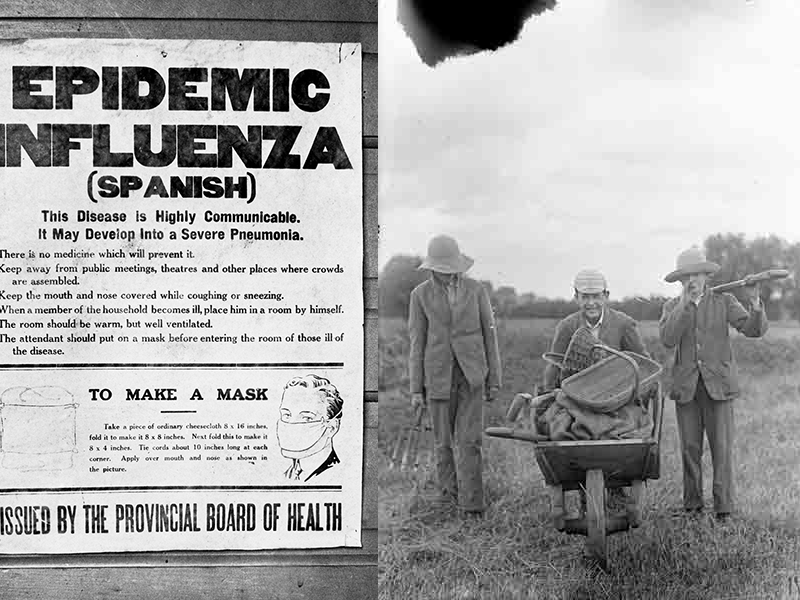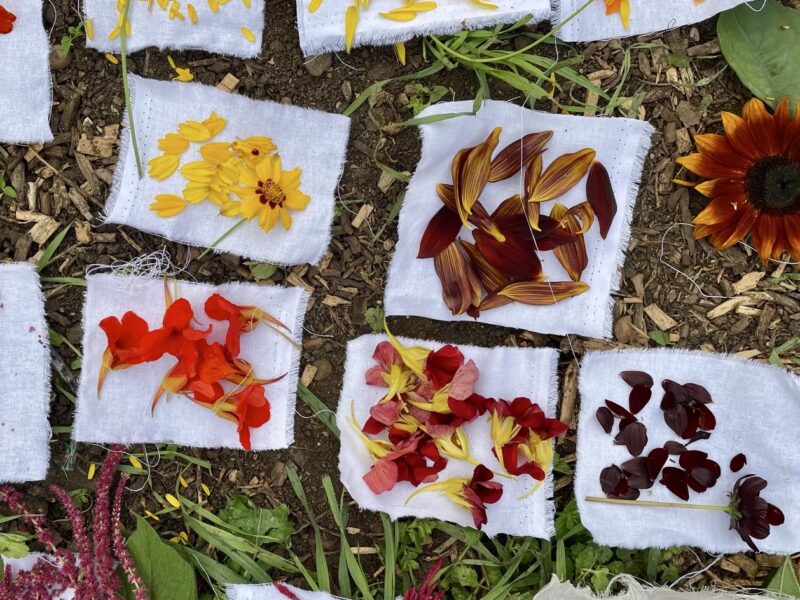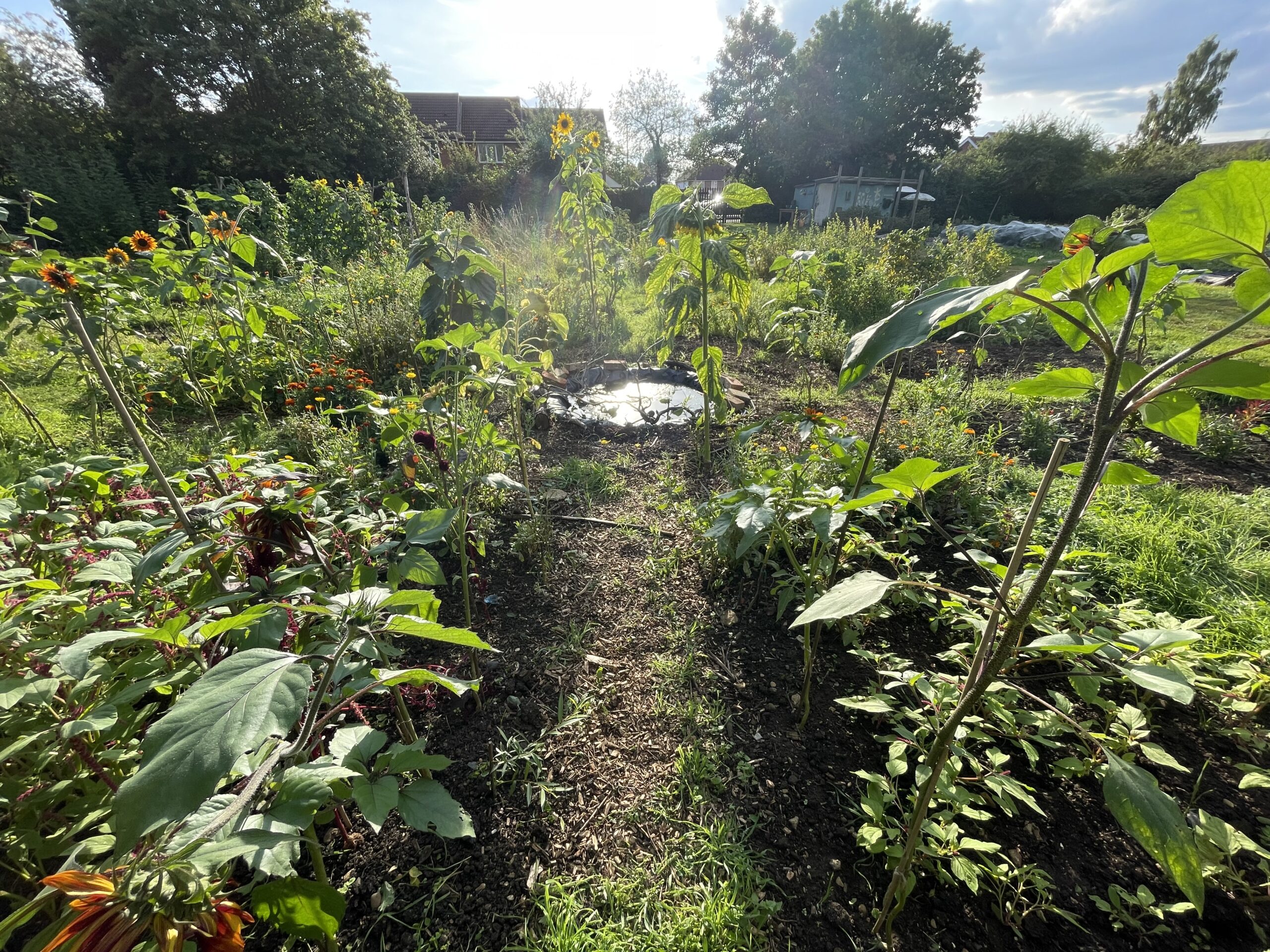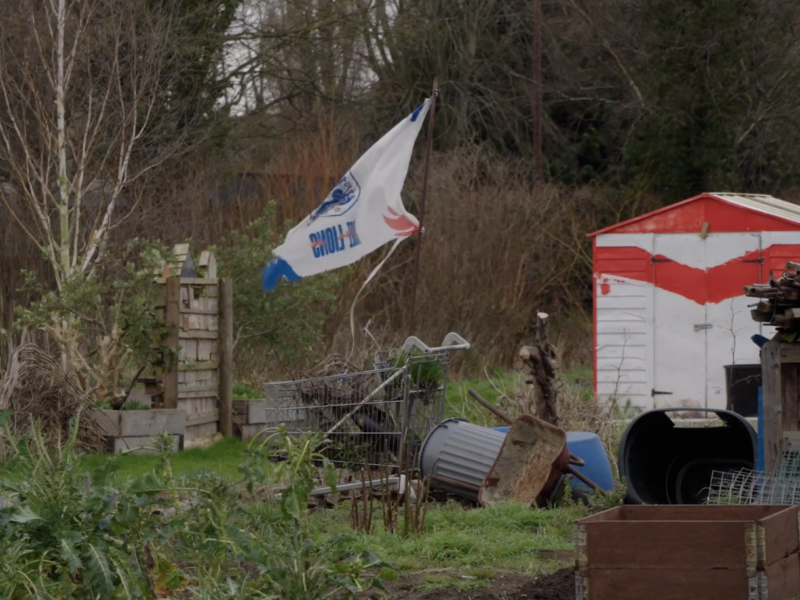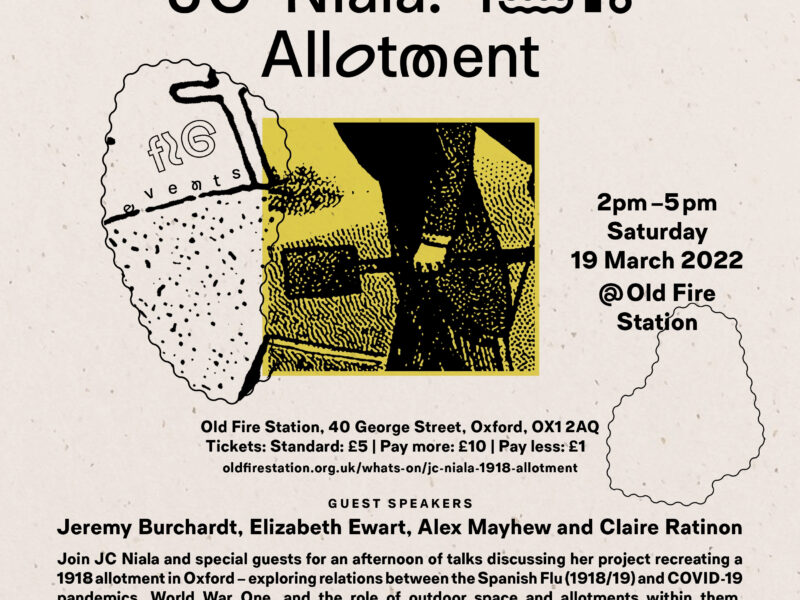Journal — October 2021
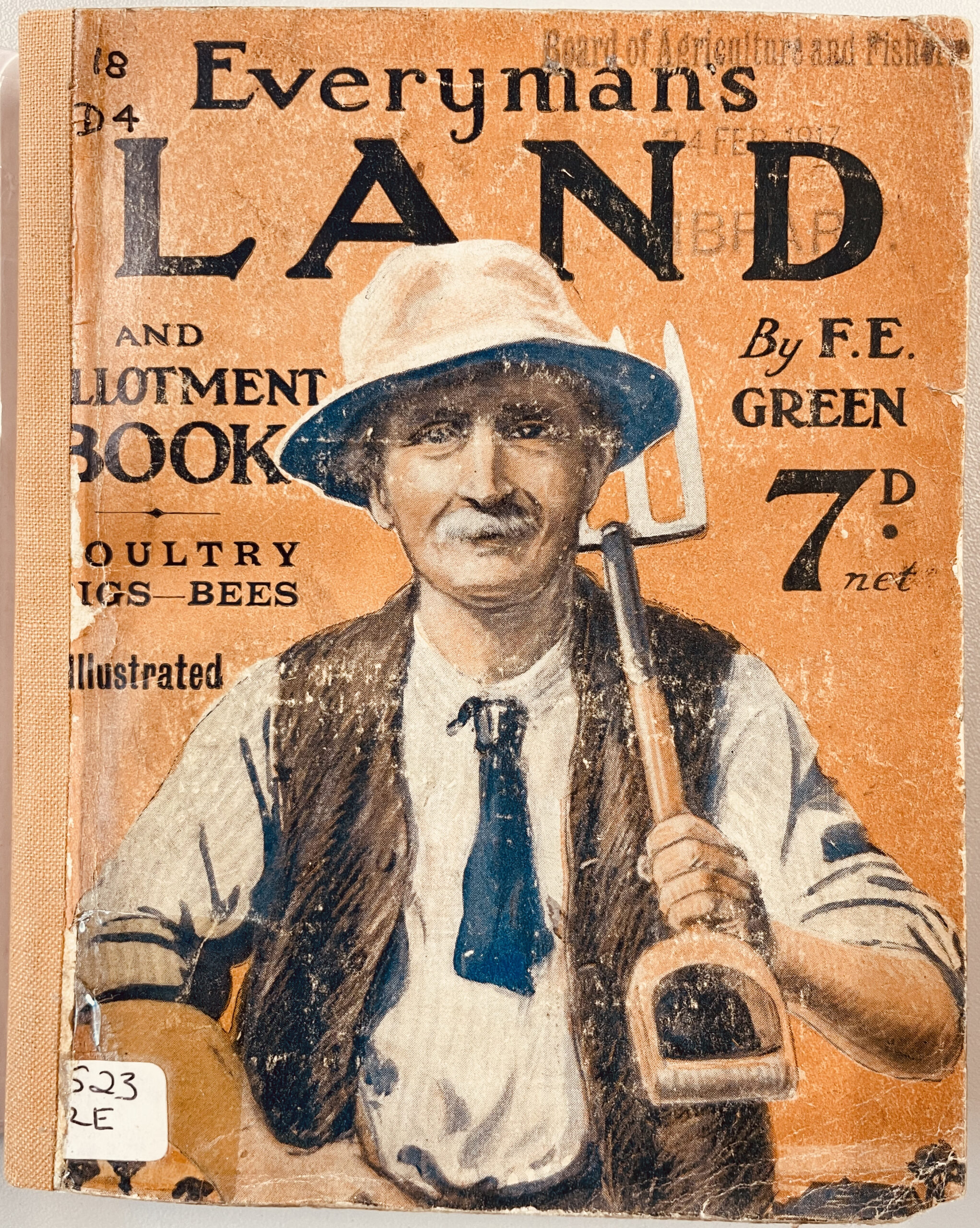
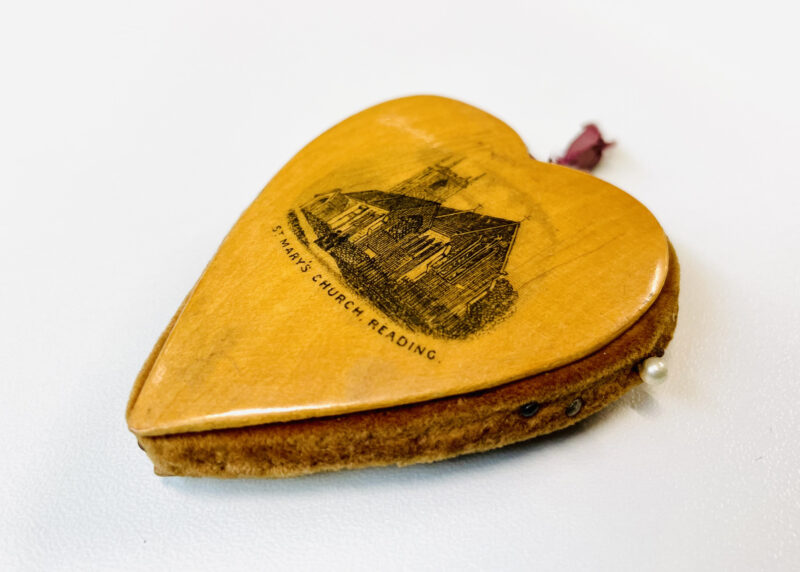
In a strange way growing on an allotment site mirrors the process of historical research that is the 1918 Allotment. There are periods of visible great activity particularly during the active growing season where it can feel like one is bearing witness to life proliferating in front of your eyes. On the other hand, there is the time when there is intense work going on but seemingly nothing to show for it. The time soil needs to intermingle and take in nutrition from compost or the dark quiet time that seeds need to germinate.
Likewise with research, there are the more active periods of scouring archives, working with literature, or in the case of the 1918 Allotment, creating a living memorial and inviting others to participate in it. Then there are the quieter times of my daily pre-dawn morning walks, which is my time to think and process the things I am learning. The many fruitful and reflective conversations I have had with Sam of Fig who was kind enough to take a punt at my project idea.
We are entering another of those periods so this will be my last blog post of this year’s growing season. For one thing I need to finish writing up my DPhil (Oxford’s name for PhD) thesis, which is entitled ‘Banal Utopia: urban gardening as a practice for materialising utopic city spaces’. I am taken by the ways in which people’s engagement with the soil is a powerful expression of their imagination. Regardless of whatever type of garden we have – the idea of the garden we imagine begins in our heads before we co-create it with the nature that we interact with.
One of the things that I am exploring is how allotments – this enduring piece of English material cultural heritage – makes and remakes itself for each generation. I also love that whatever we think we might perceive – gardens are not fixed entities. They grow and move with us. Urban allotments moved into the city from rural areas with labourers. In a more quotidian example, many allotmenteers start their seedlings in their homes during the winter and they then get transplanted onto the allotment after the last frost.
I will be talking about some of these ideas and others with allotment researchers and anthropologists at an event in the spring on the 19th March at the Old Fire Station in Oxford. We are also curating an exhibition on the 1918 Allotment that will be hosted online at the Museum of English Rural Life, Reading, and in the upstairs galleries at the Old Fire Station, Oxford, during March and April, 2022. The poems – some of which those of you who visited the site will have heard – will also be available in a publication we are developing with Common Press in Oxford and it will be launched at the discussion event. If you are not already on the mailing list, or follow the Fig Instagram or Twitter accounts, and would like to attend the event in the spring – follow the links here so that you will be the first to know when tickets are released.
These blog posts will also be returning in the run up to the event and I look forward to catching up with you then. Thank you for your engagement with the 1918 Allotment and have a happy and safe autumn and winter ahead.
